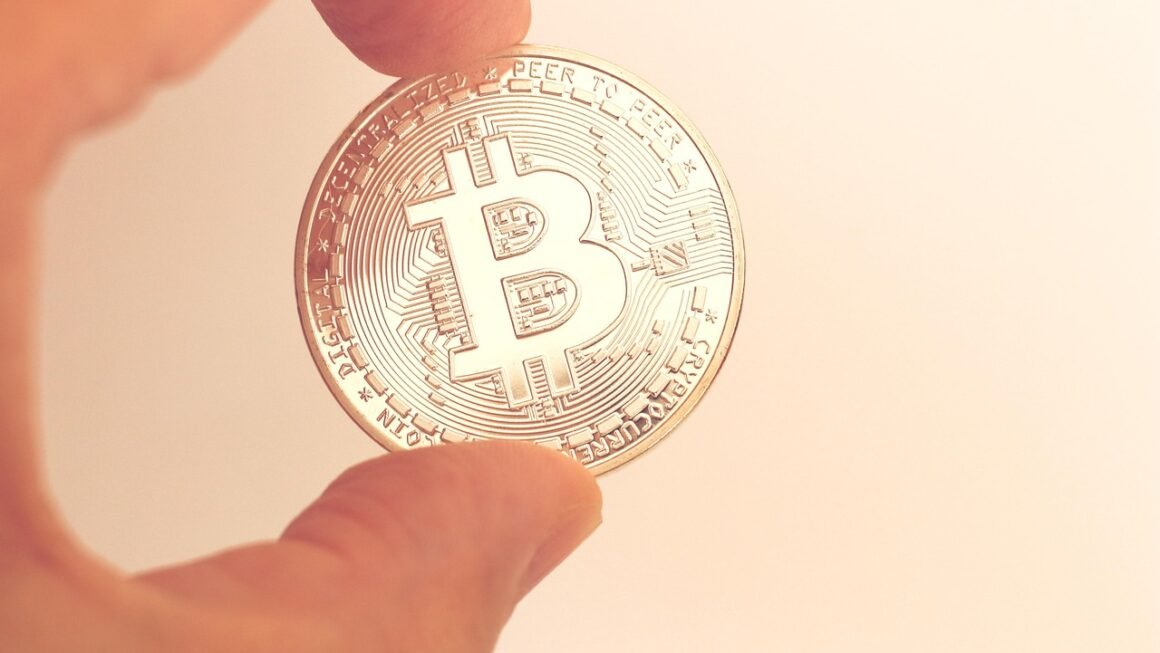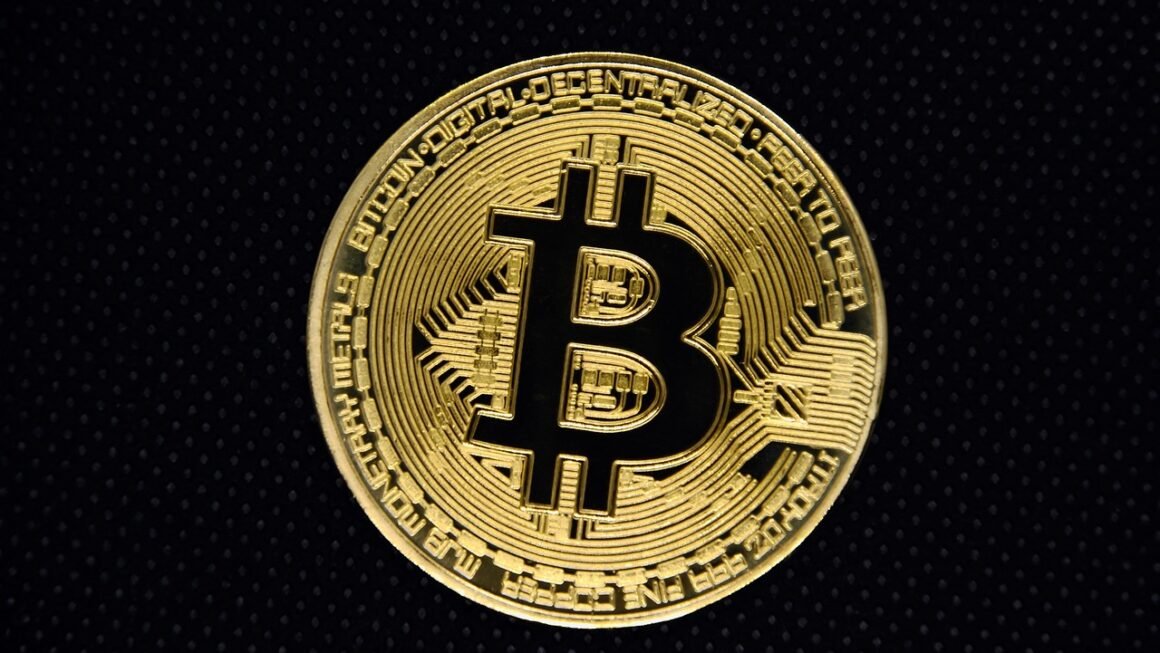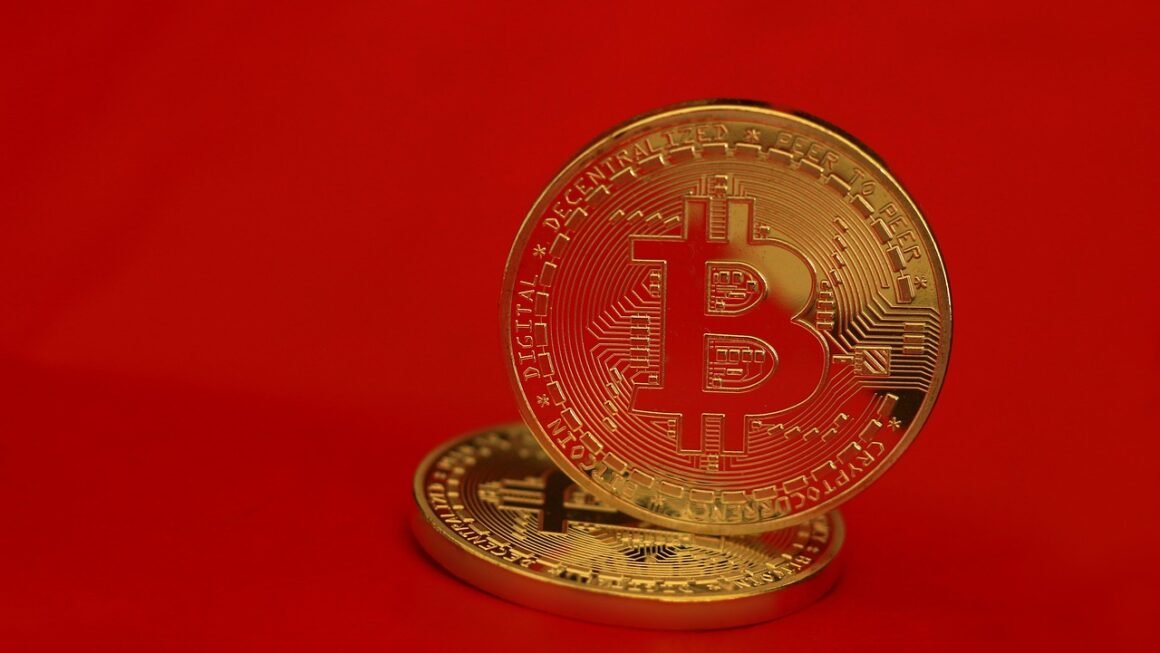Imagine a digital asset that not only serves its intended purpose but also becomes scarcer over time. This is the intriguing concept behind deflationary tokens, a type of cryptocurrency designed with a built-in mechanism to reduce its total supply. In this post, we’ll dive deep into the world of deflationary tokens, exploring their mechanics, benefits, risks, and real-world examples. Understanding these tokens is crucial for anyone navigating the evolving landscape of decentralized finance (DeFi).
What are Deflationary Tokens?
Deflationary tokens are cryptocurrencies designed to decrease their total supply over time. This is typically achieved through a “burn” mechanism, where a portion of tokens are permanently removed from circulation during each transaction or at scheduled intervals. The aim is to create scarcity, potentially driving up the value of the remaining tokens.
The Burning Mechanism
The burning mechanism is the heart of a deflationary token. Here’s how it generally works:
- Transaction Fees: A small percentage of each transaction is taken as a fee.
- Burning: These fees are then used to buy back tokens and permanently remove them from circulation (burning). This process is irreversible and verifiable on the blockchain.
- Examples: Some tokens burn a percentage of every transaction (e.g., 1-2%), while others have scheduled burns based on milestones or network activity.
How Deflationary Tokens Differ from Traditional Cryptocurrencies
Unlike Bitcoin, which has a fixed maximum supply, or Ethereum, which doesn’t have a hard cap, deflationary tokens actively reduce their supply. This contrasts sharply with fiat currencies, which can be inflated by central banks through printing more money. The controlled scarcity of deflationary tokens is a key differentiator and a core value proposition for many investors.
Benefits of Deflationary Tokens
Deflationary tokens offer a range of potential benefits, attracting both developers and investors. However, these benefits are not guaranteed and depend heavily on the token’s design and adoption.
Potential for Value Appreciation
- Scarcity: As the supply decreases, the remaining tokens theoretically become more valuable, assuming demand stays constant or increases. This is the core appeal of deflationary tokens.
- Passive Income (Staking/Reflection): Some deflationary tokens distribute a portion of the transaction fees to holders through staking or reflection mechanisms, providing passive income.
- Reduced Selling Pressure: The burn mechanism can potentially reduce selling pressure in the market, contributing to price stability.
Token Holder Incentives
- Long-Term Holding: The potential for price appreciation encourages long-term holding, fostering a stronger community and reducing volatility.
- Rewards for Holding: Reflection tokens, for example, reward holders simply for keeping the tokens in their wallets.
- Governance Participation: Some deflationary tokens incorporate governance mechanisms, allowing holders to participate in decisions affecting the token’s future.
Examples
- SafeMoon: A prominent example of a deflationary token that gained popularity for its burn mechanism and reflection rewards.
- EverRise: Another token that utilizes buyback and burn mechanisms to reduce supply.
- Custom Deflationary Tokens: Many projects are building custom deflationary mechanisms into their tokens for unique use cases within their platforms.
Risks and Challenges of Deflationary Tokens
While deflationary tokens offer potential rewards, they also come with significant risks and challenges that investors should be aware of.
Sustainability and Long-Term Viability
- Decreasing Transaction Volume: If transaction volume decreases, the burn rate slows down, potentially impacting the long-term effectiveness of the deflationary mechanism.
- Liquidity Concerns: As the supply shrinks, liquidity can become an issue, making it harder to buy and sell the token.
- Dependence on Hype: Many deflationary tokens rely heavily on hype and speculation. If the hype fades, the price can plummet.
Regulatory Uncertainty
- Evolving Regulations: The regulatory landscape for cryptocurrencies is constantly evolving, and deflationary tokens may face increased scrutiny or regulation in the future.
- Security Risks: Like all cryptocurrencies, deflationary tokens are vulnerable to hacks and scams. It’s important to research the project’s security measures.
Tax Implications
- Complex Tax Rules: The tax implications of holding and trading deflationary tokens can be complex, particularly when reflection rewards are involved. Consult with a tax professional.
- Reporting Requirements: Keeping accurate records of all transactions is essential for complying with tax regulations.
Analyzing Deflationary Token Projects
Before investing in a deflationary token, thorough research is crucial. Here are some key factors to consider:
Understanding the Tokenomics
- Burn Rate: How much of each transaction is burned? Is the burn rate sustainable?
- Total Supply: What is the initial total supply, and how much has already been burned?
- Distribution: How were the tokens initially distributed (e.g., fair launch, pre-sale)?
- Reflection/Staking: Are there reflection rewards or staking opportunities? What are the reward rates?
Assessing the Team and Community
- Developer Team: Are the developers experienced and reputable? Do they have a track record of delivering on their promises?
- Community Support: Is there a strong and active community? Is the community engaged and supportive of the project?
- Transparency: Is the project transparent about its development and future plans?
Evaluating the Use Case
- Utility: Does the token have a clear use case or is it purely speculative?
- Adoption: Is the token being used by real users? Is the project gaining traction in its target market?
- Competition: Are there competing projects? What are the advantages and disadvantages of this token compared to its competitors?
Conclusion
Deflationary tokens represent an innovative approach to cryptocurrency design, offering the potential for value appreciation and unique token holder incentives. However, they also come with significant risks and challenges. Before investing in any deflationary token, thorough research and due diligence are essential. Understanding the tokenomics, assessing the team and community, and evaluating the use case are crucial steps in making informed investment decisions in this dynamic and evolving space. The future of deflationary tokens will depend on their ability to overcome these challenges and demonstrate long-term sustainability and utility.



